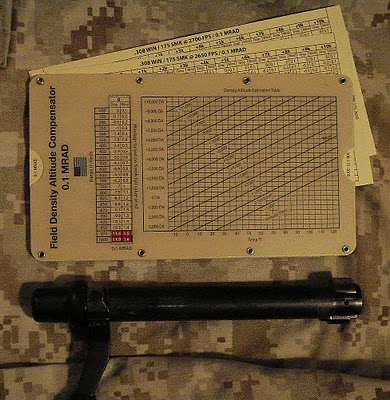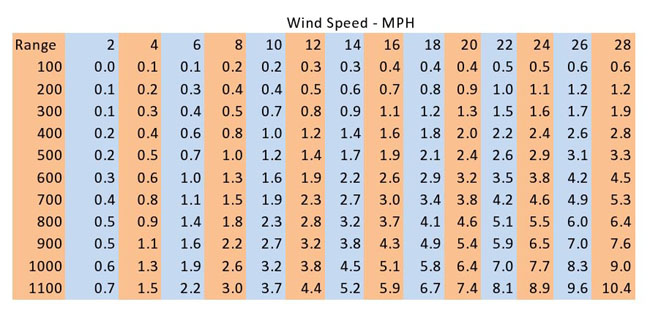The standard wind formula that I have always been taught to use is:
-Range of Target (divided by 100) X wind velocity in MPH
- Divided by the constant for the round you're using
-Equals the correction in MOA for a Full value wind.
I was wondering if anyone on here had any information on how wind formula constants were designated/created. I know the specific constants for M80 Ball, M852, and M118LR but would like to be able to more accurately use this formula for other cartridges as well. Any input on this matter is greatly appreciated.
-Range of Target (divided by 100) X wind velocity in MPH
- Divided by the constant for the round you're using
-Equals the correction in MOA for a Full value wind.
I was wondering if anyone on here had any information on how wind formula constants were designated/created. I know the specific constants for M80 Ball, M852, and M118LR but would like to be able to more accurately use this formula for other cartridges as well. Any input on this matter is greatly appreciated.





